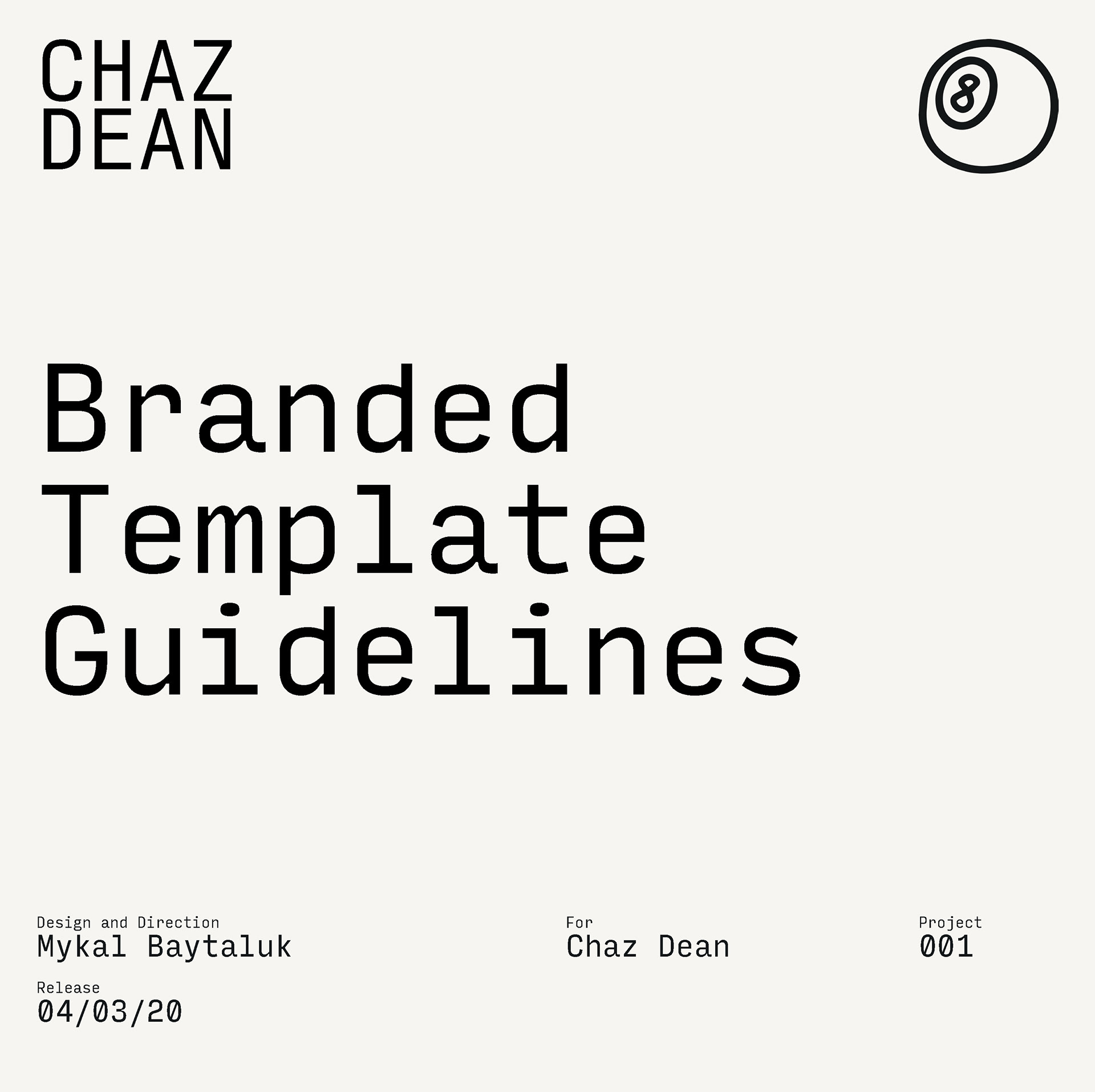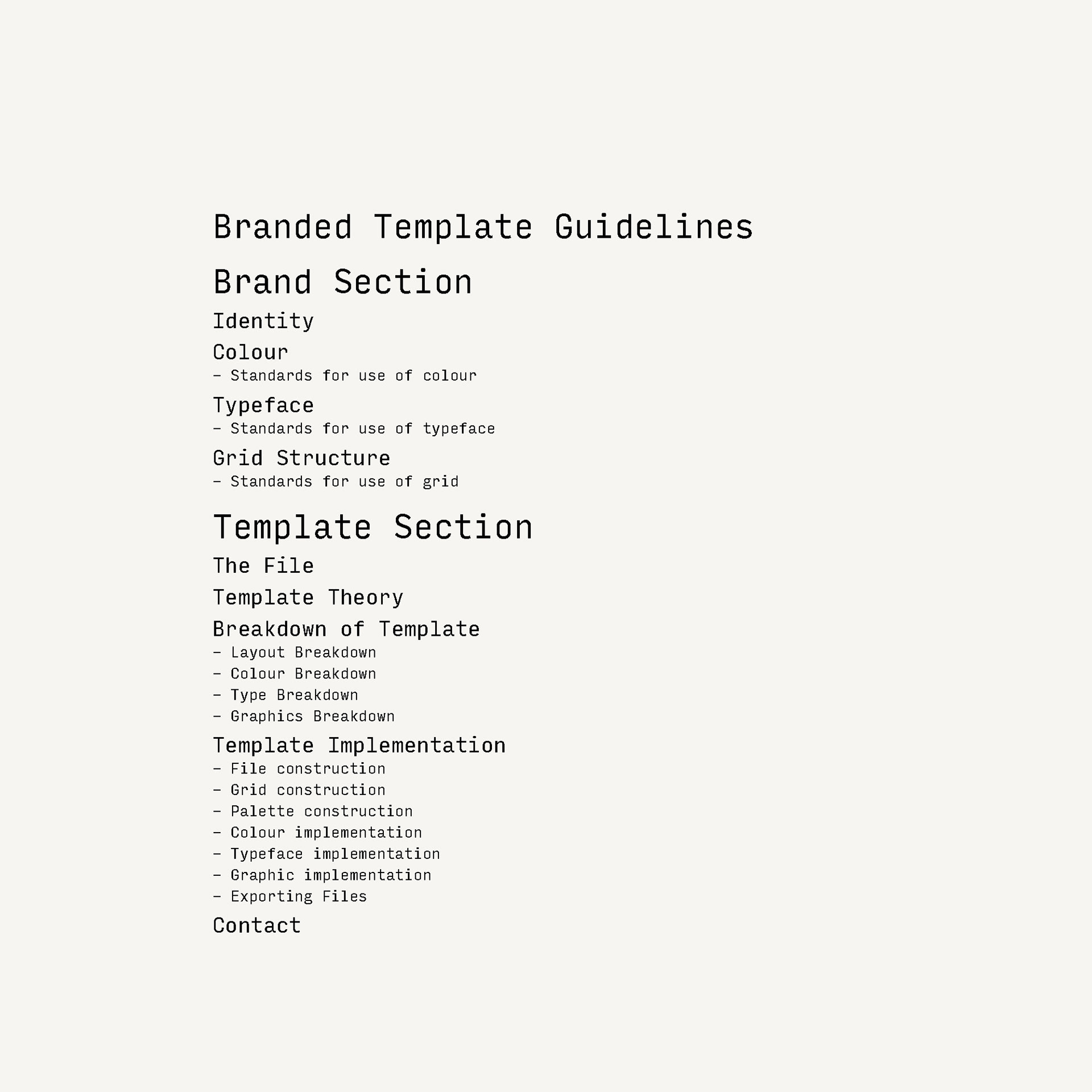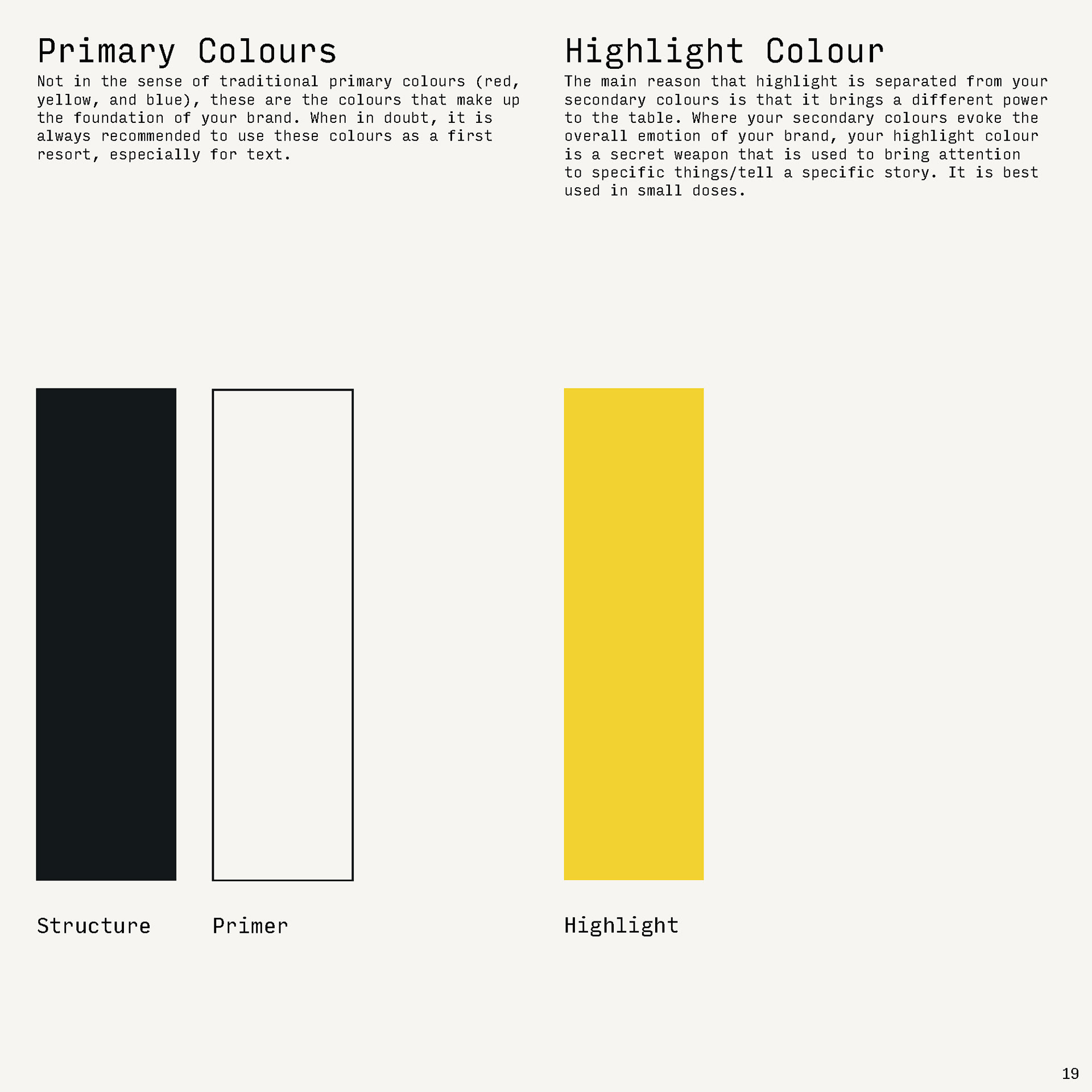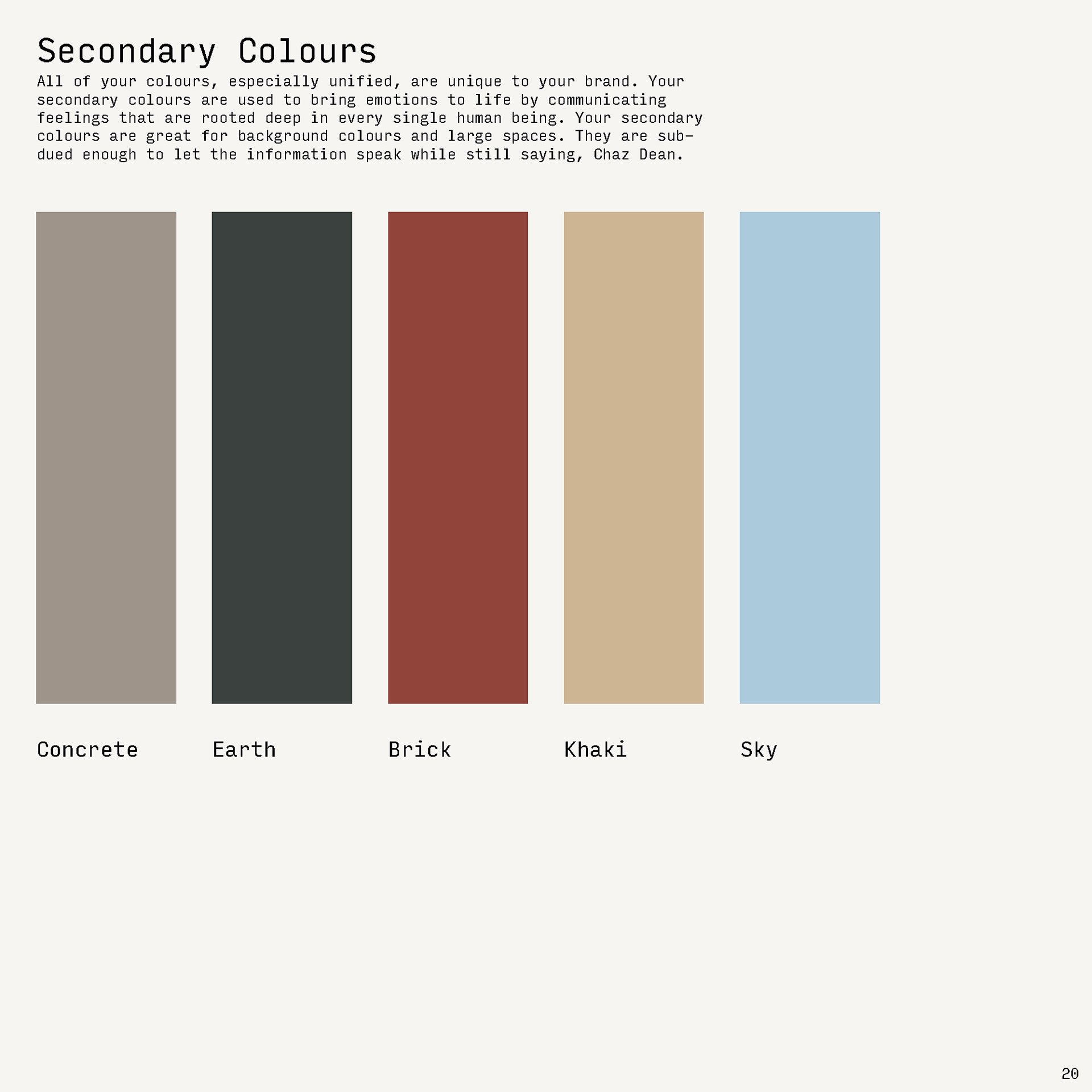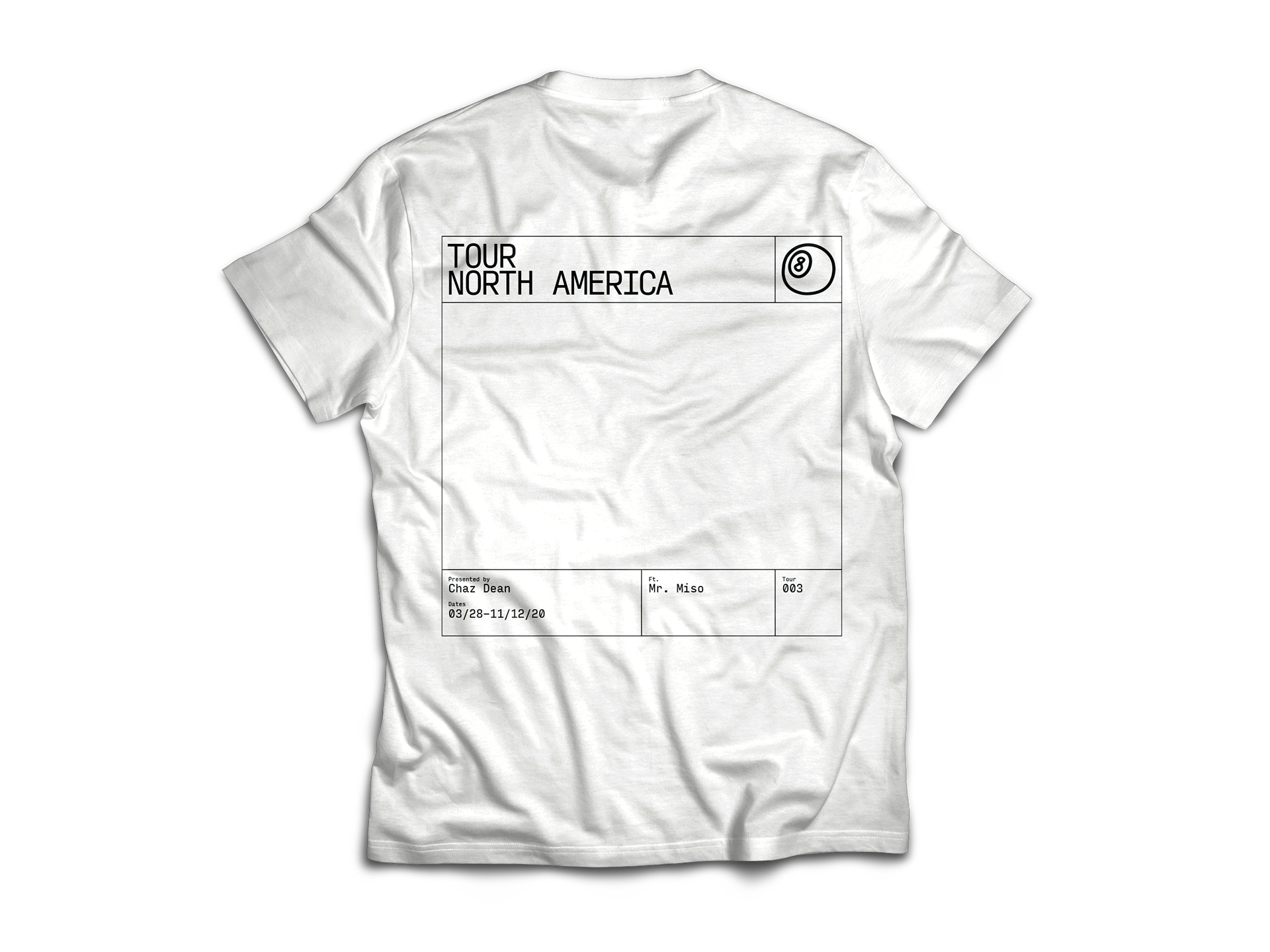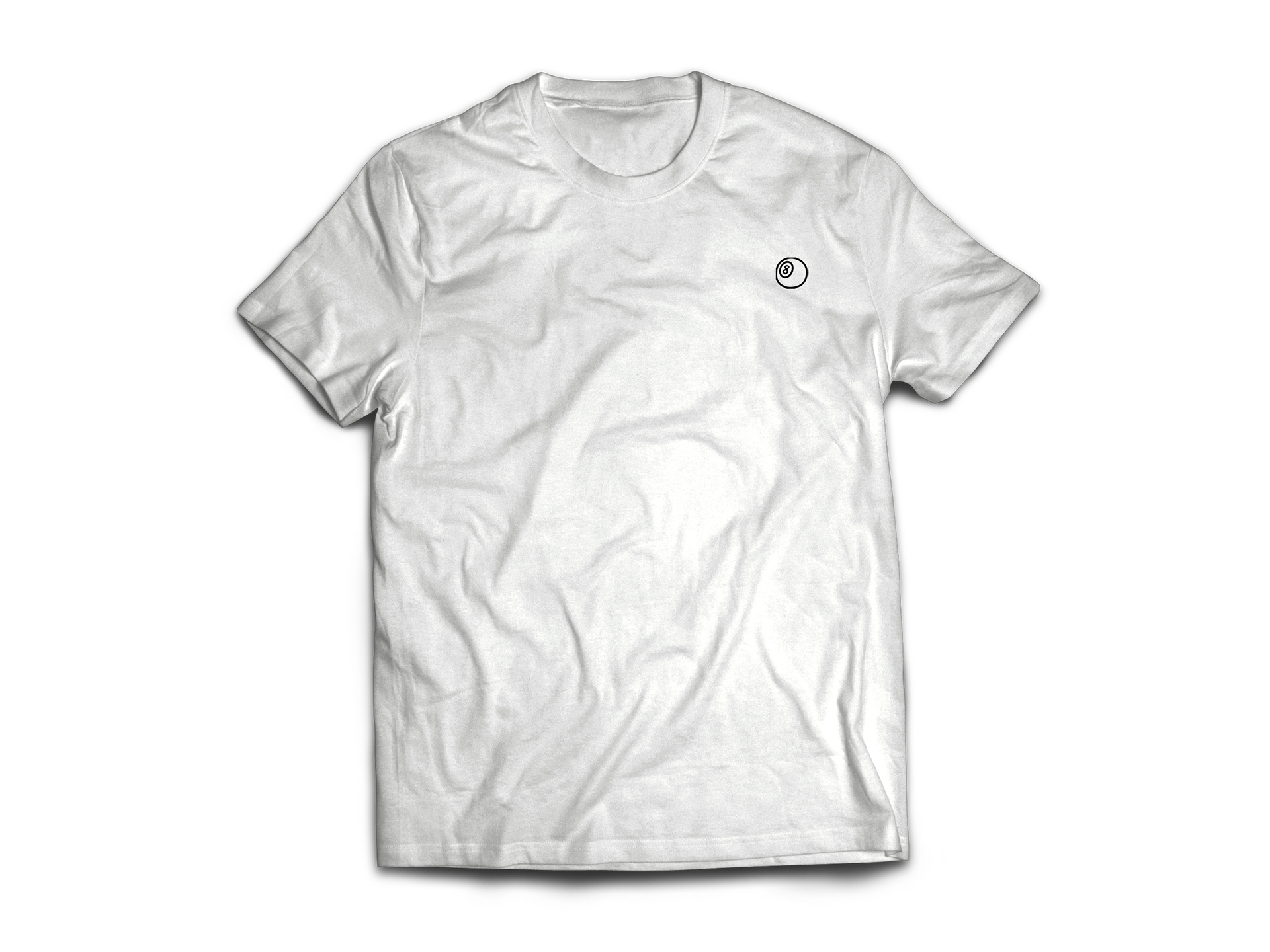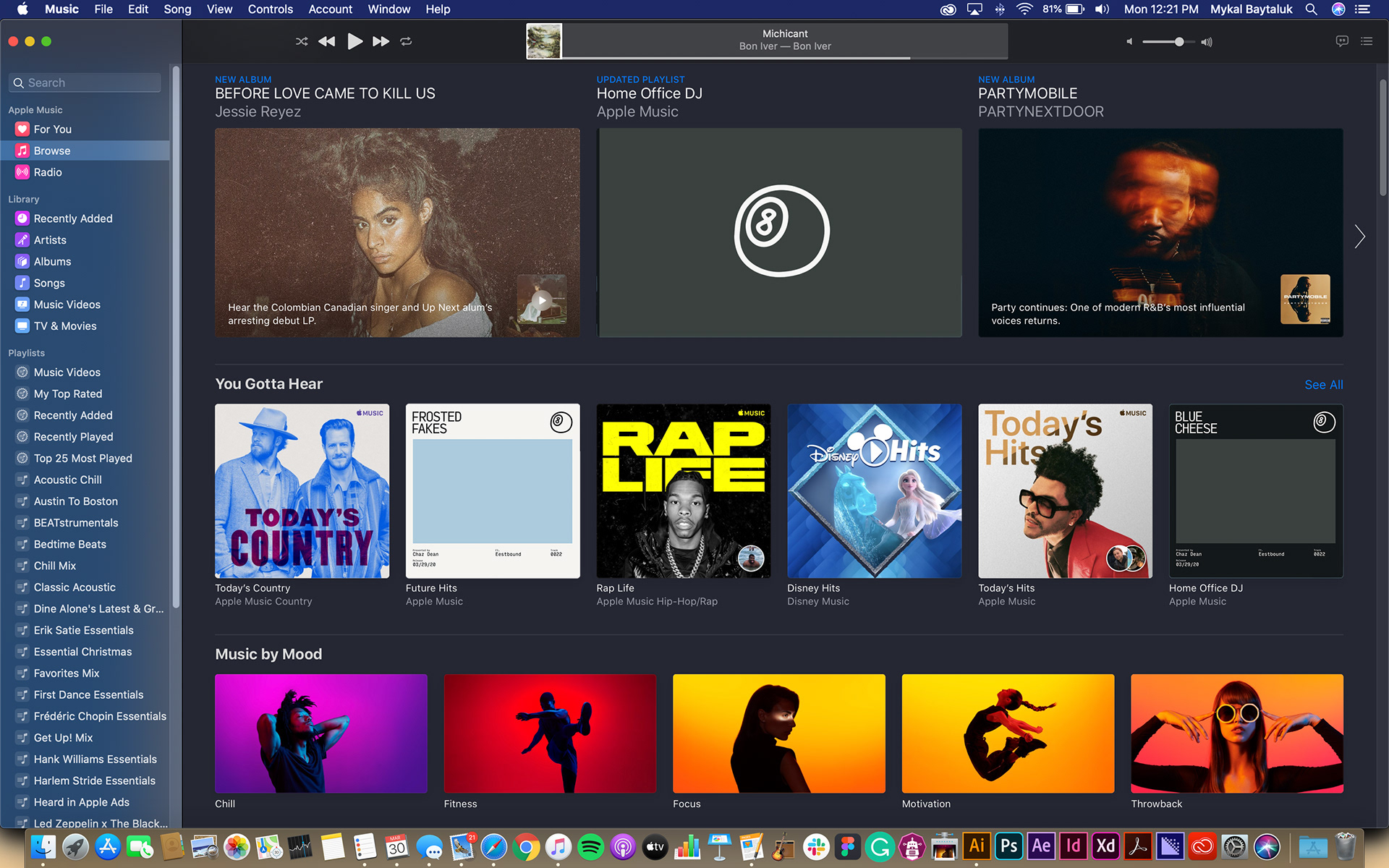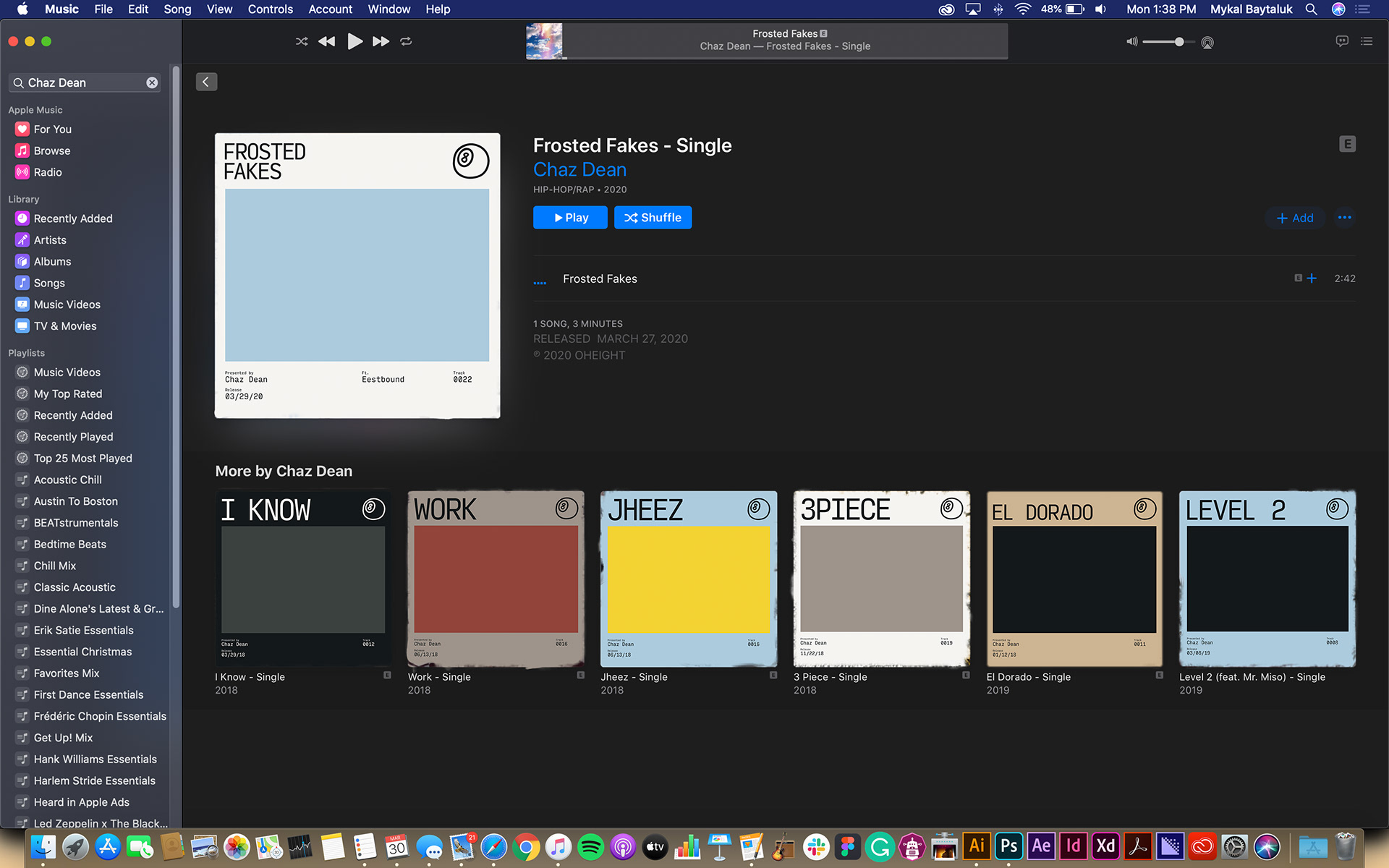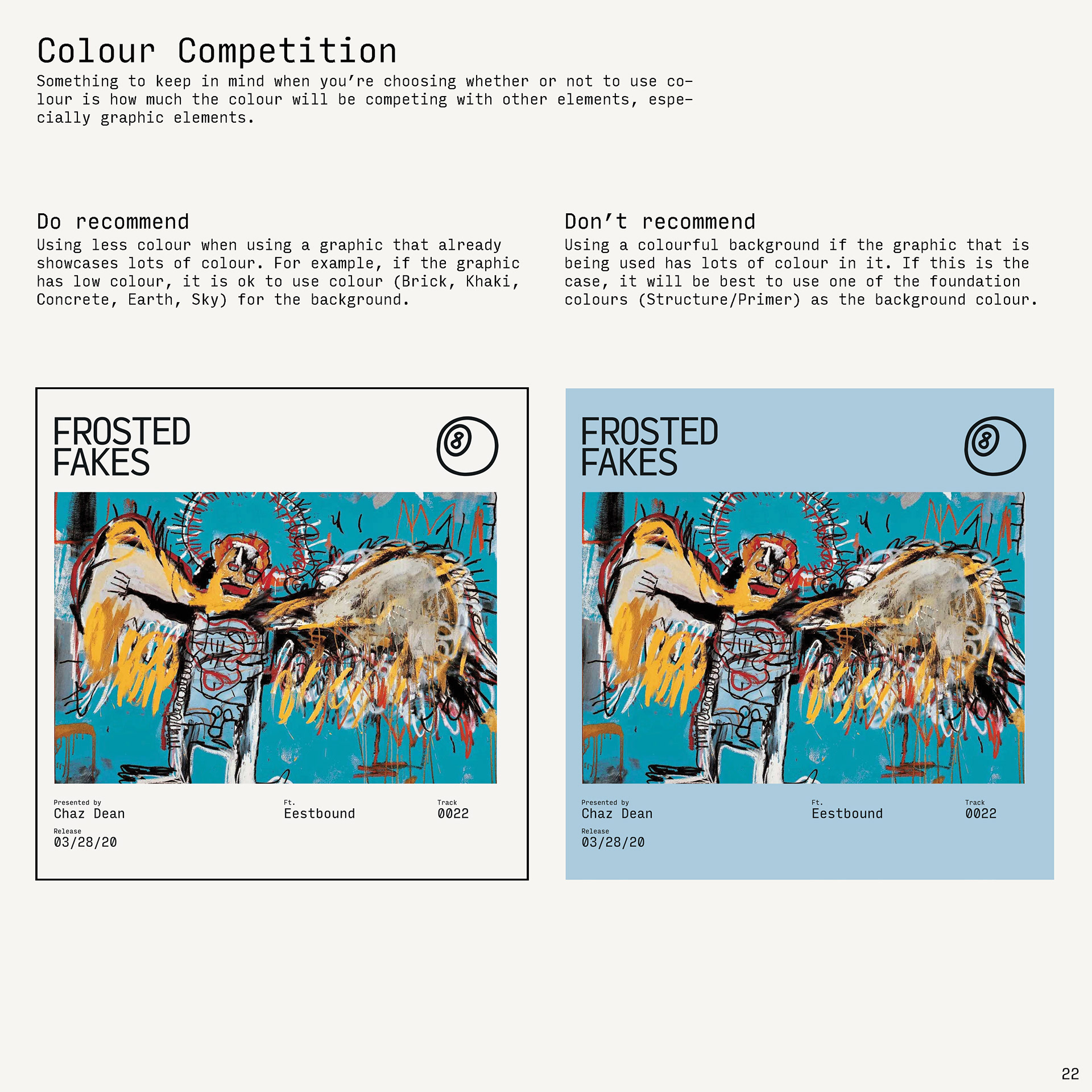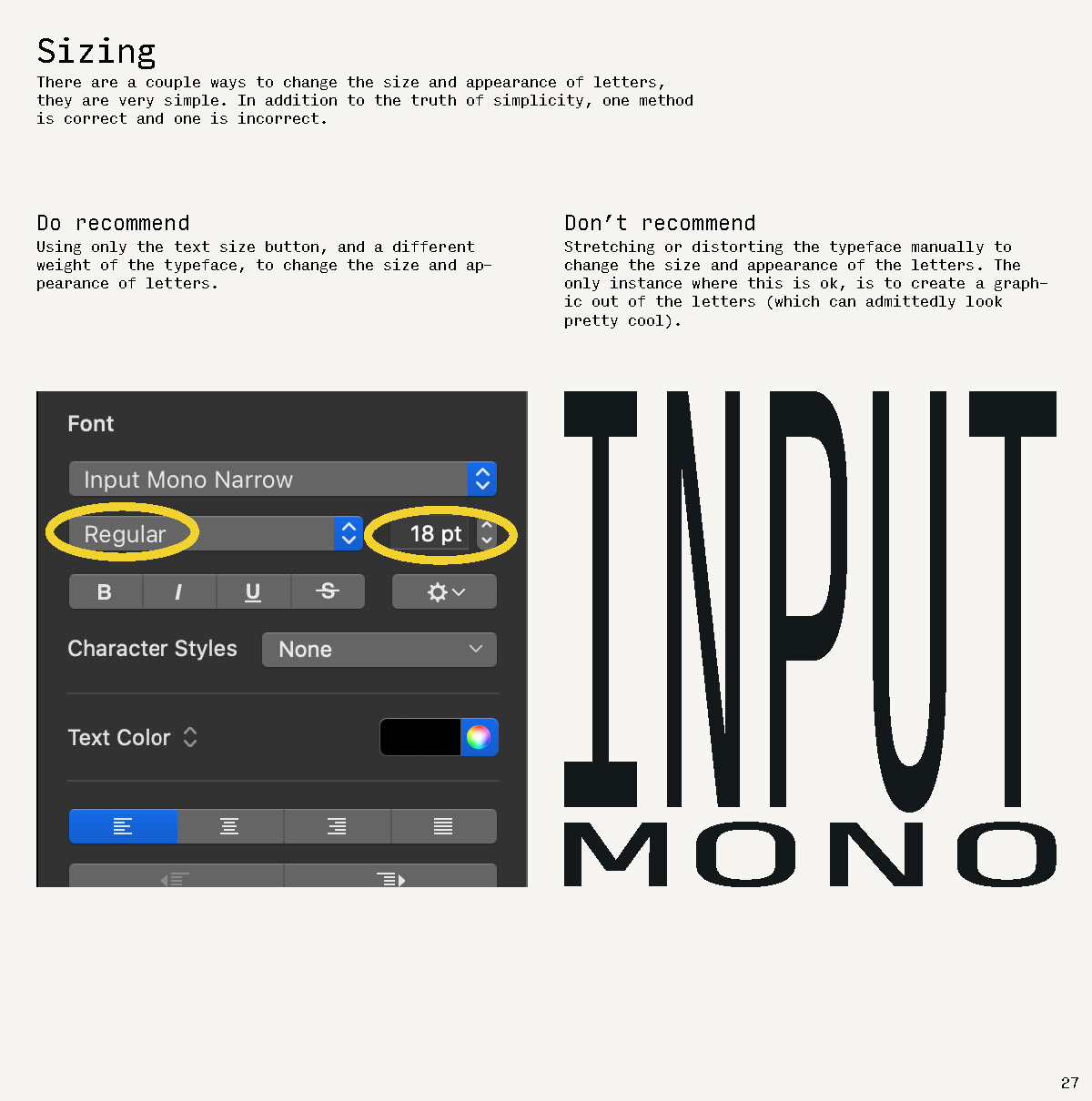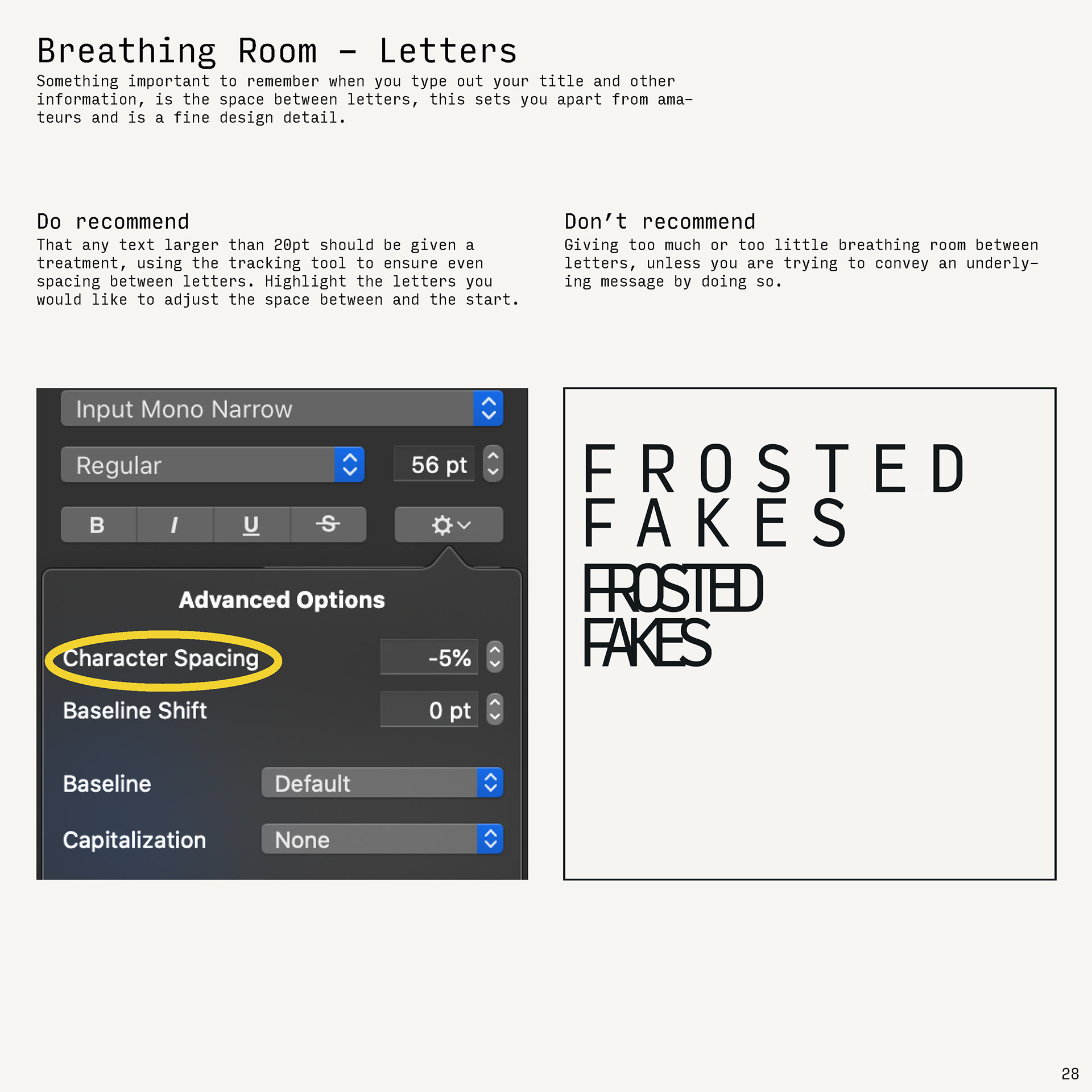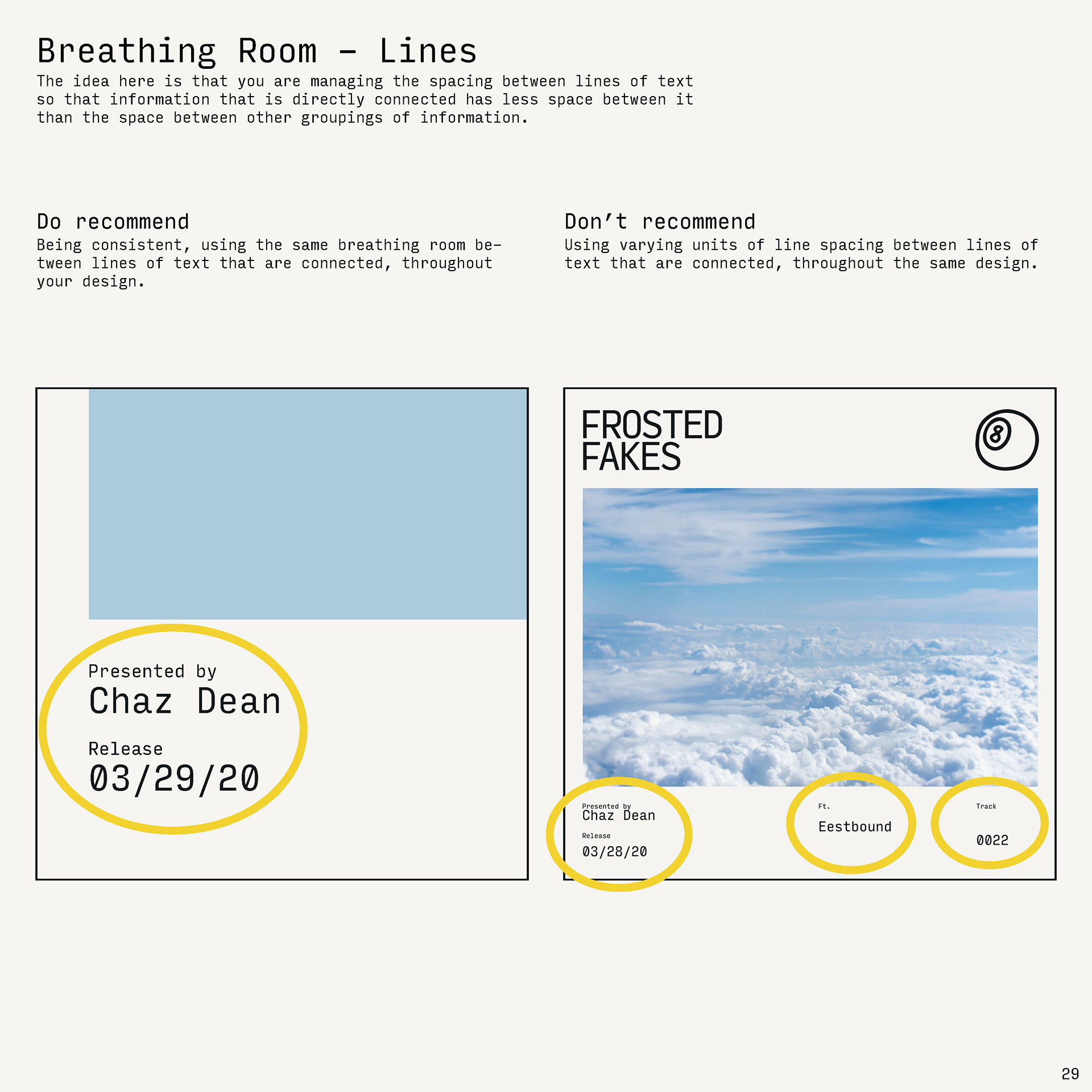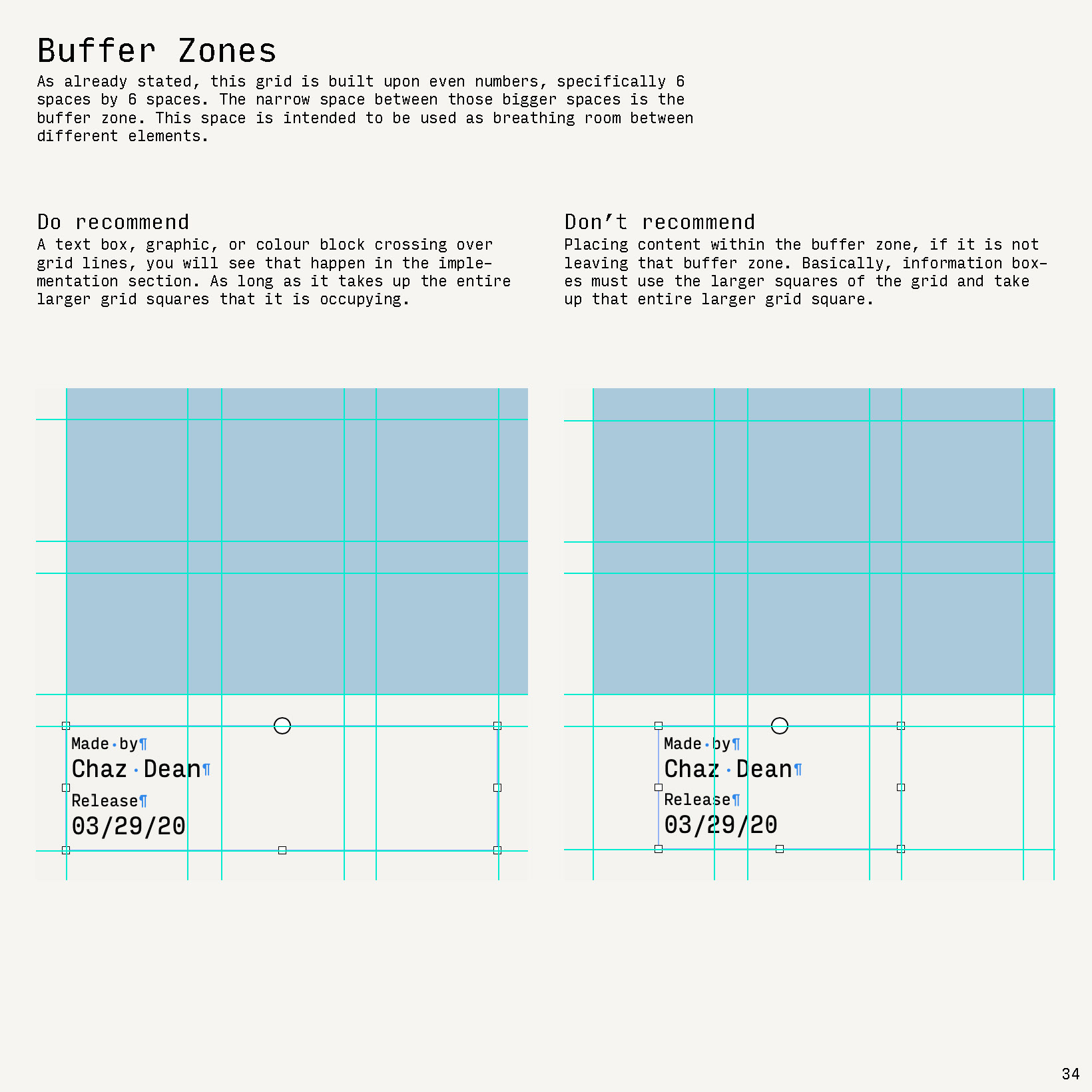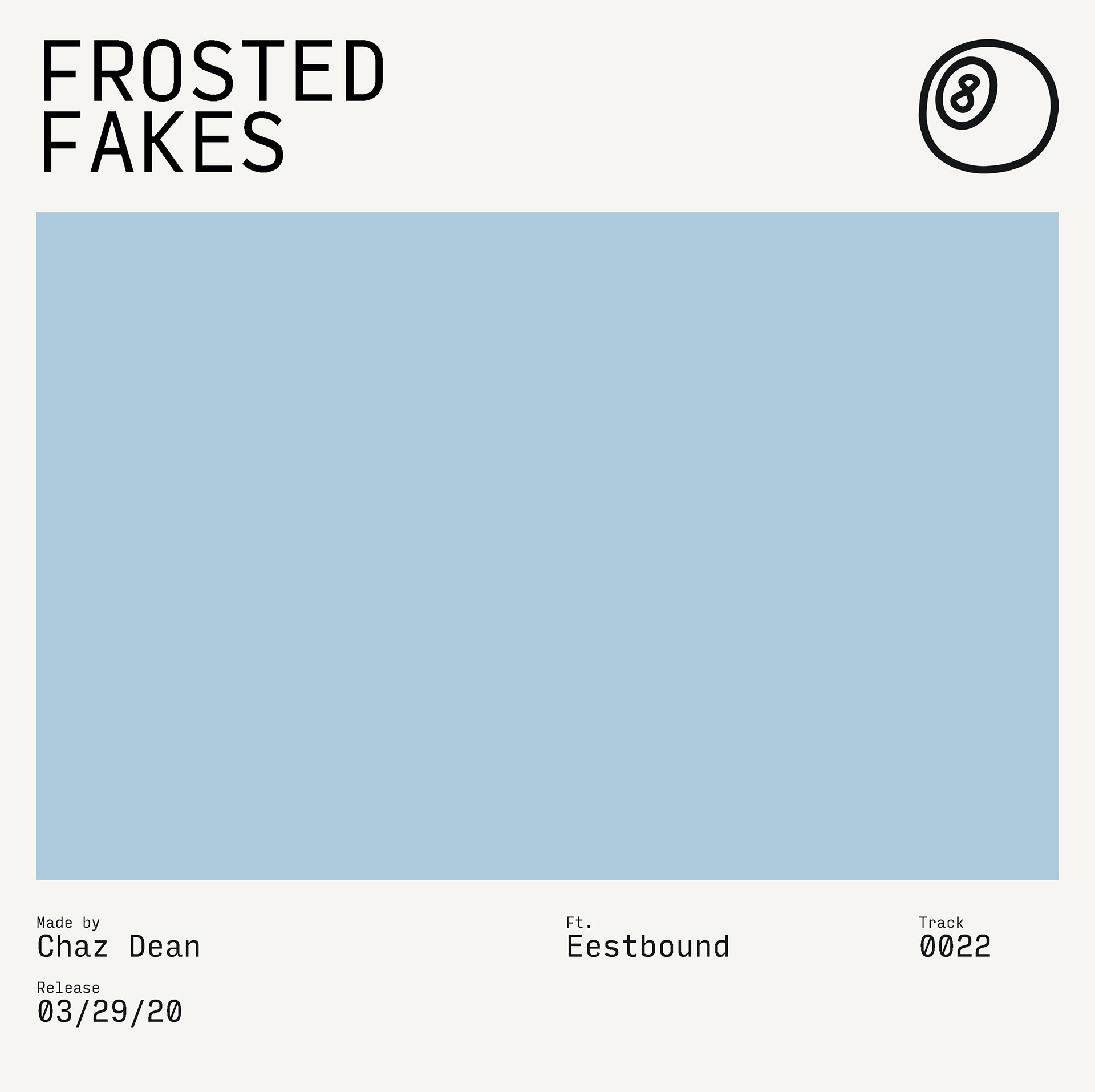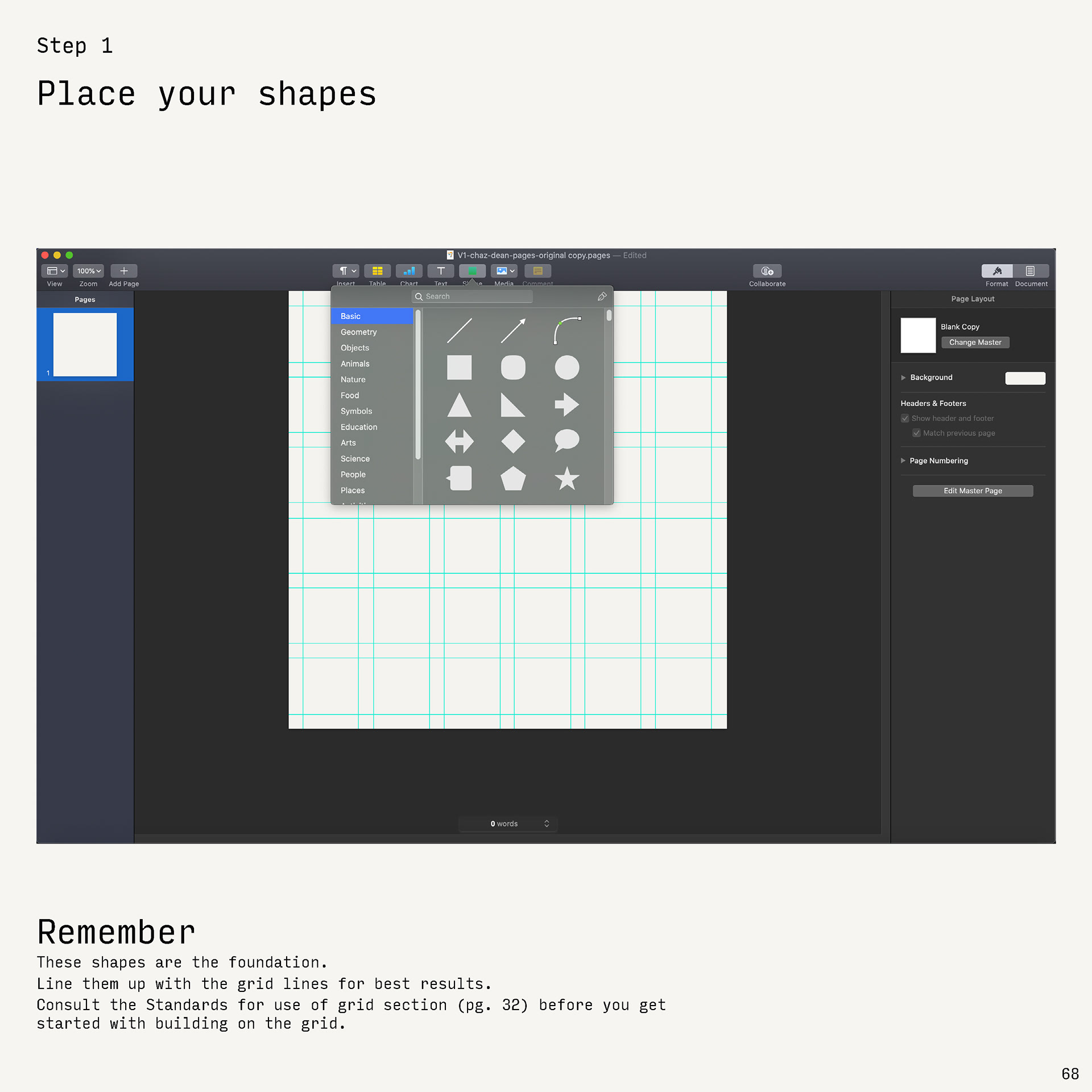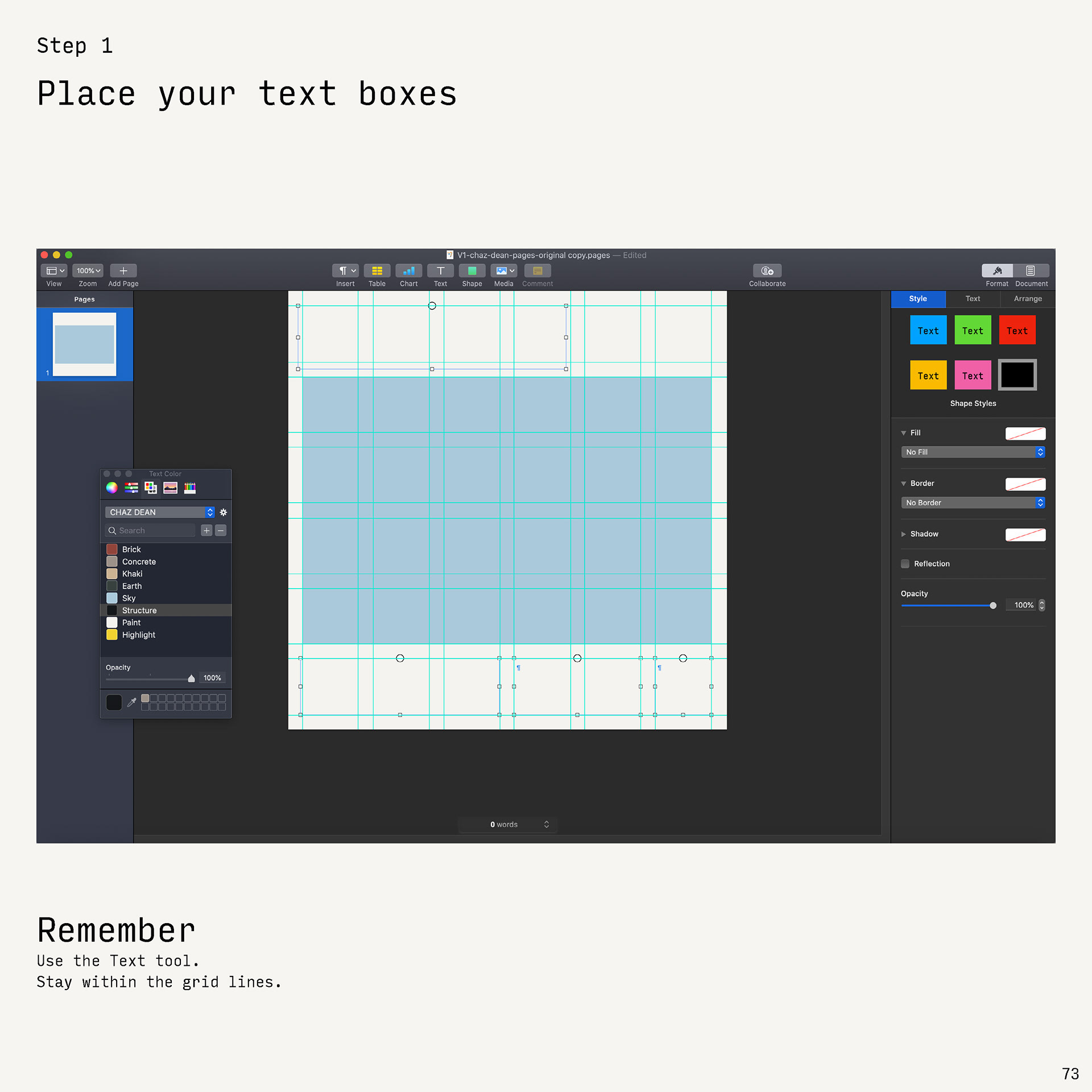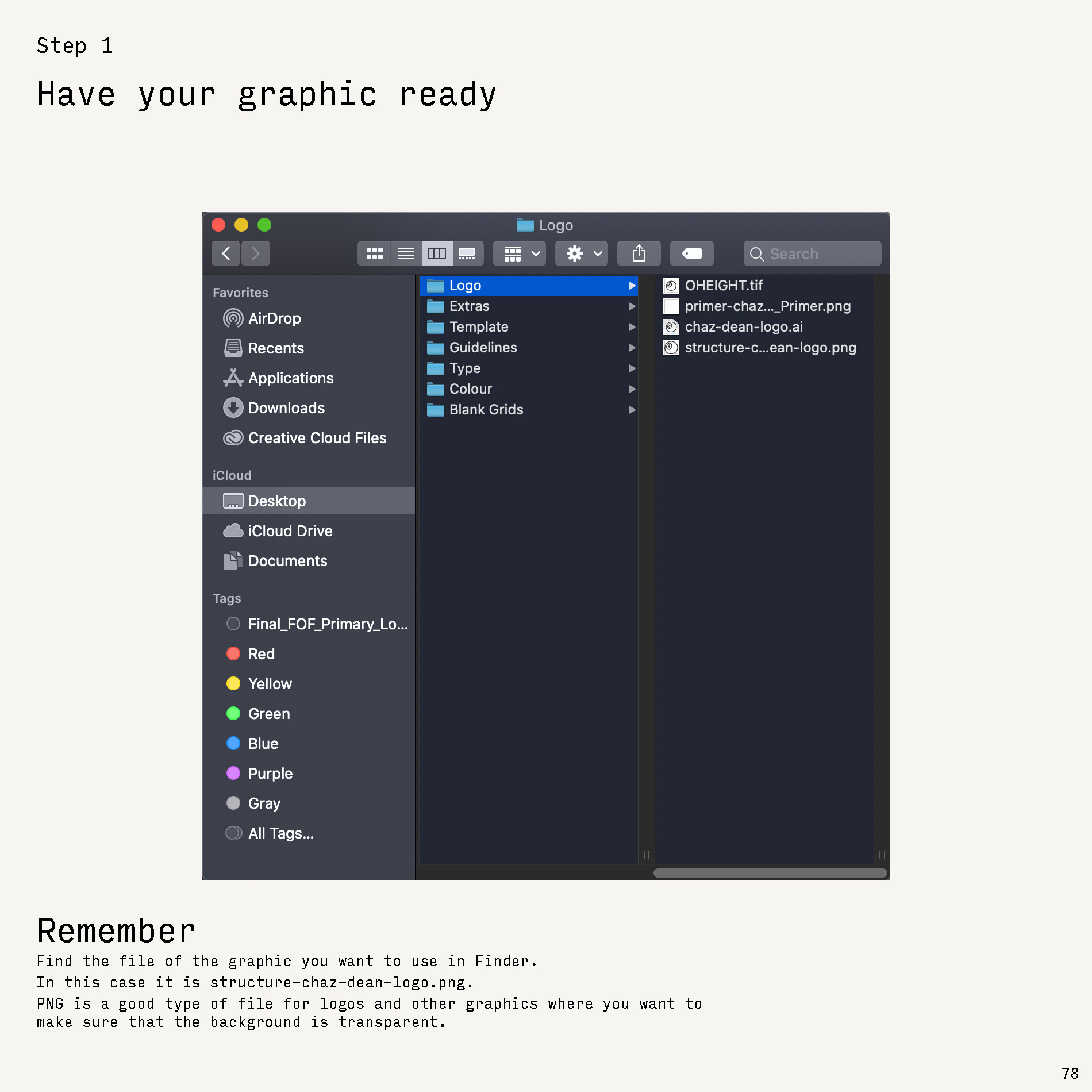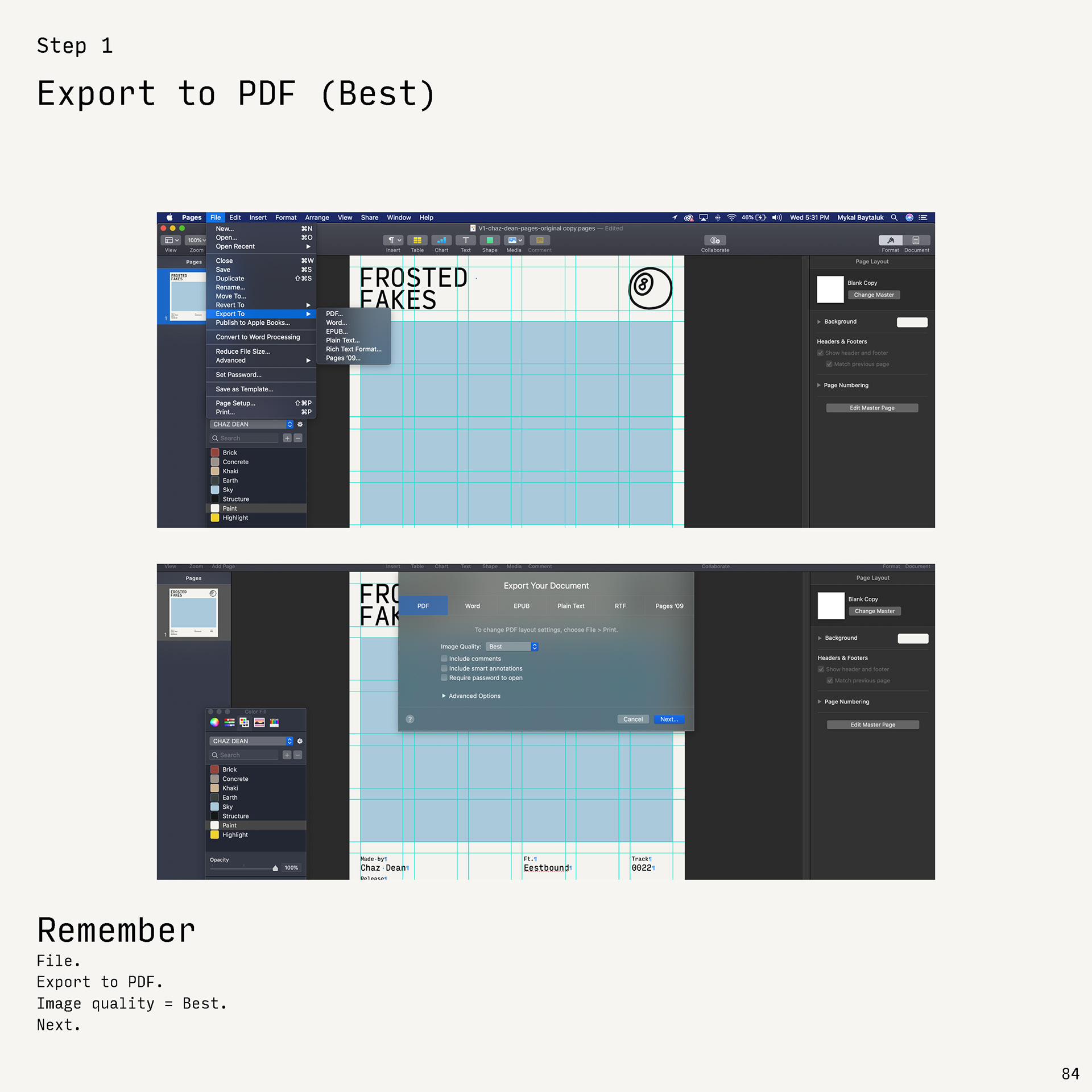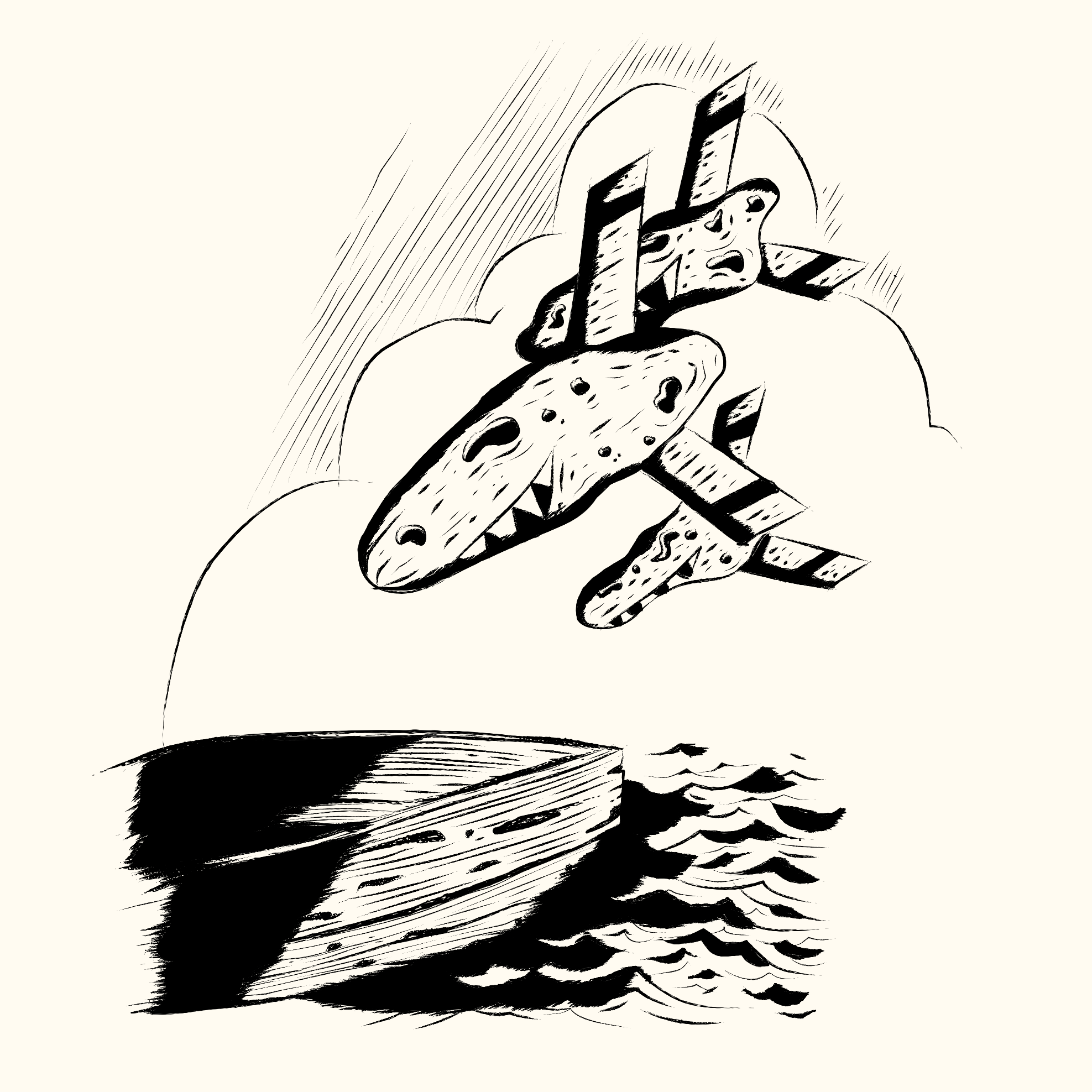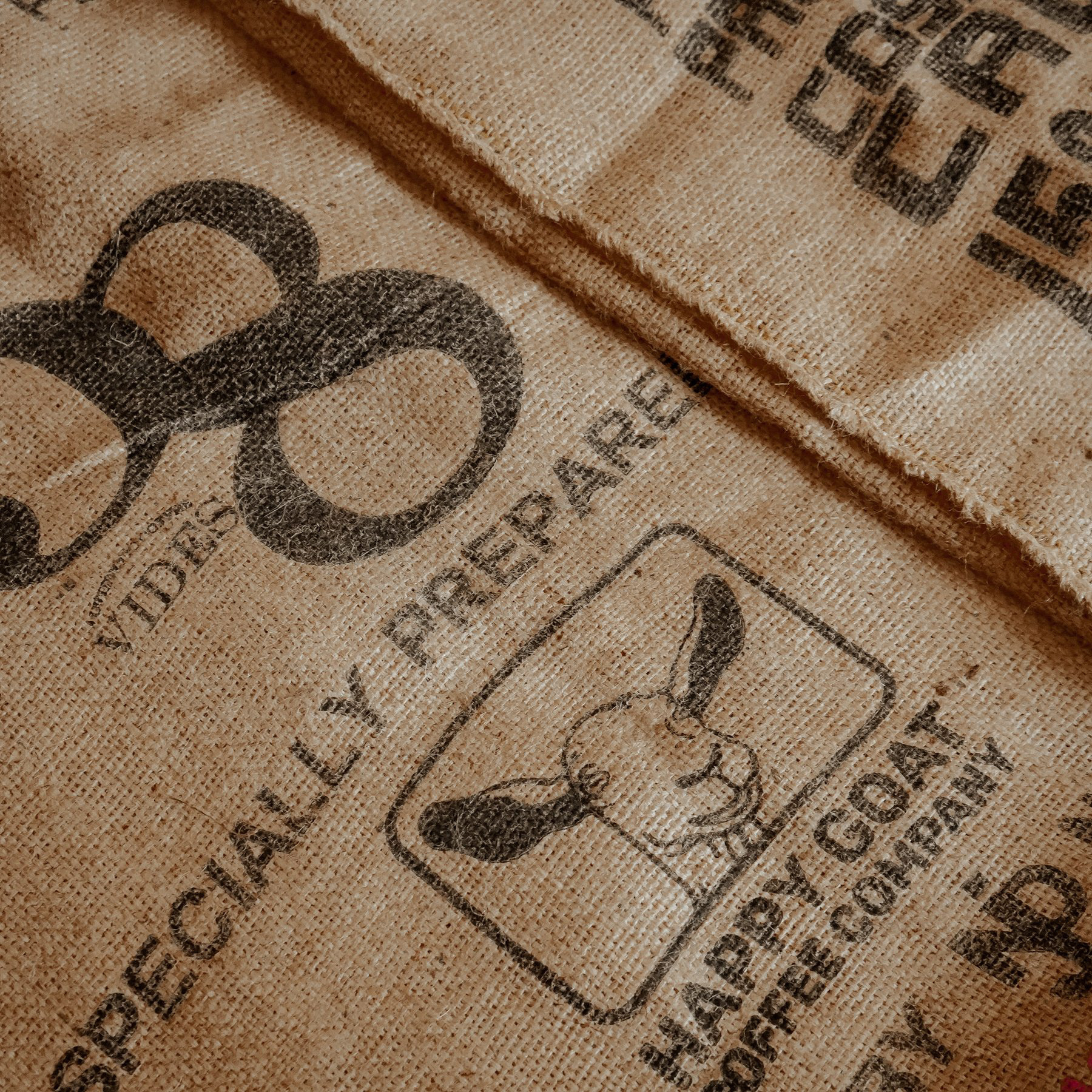Chaz Dean is a music artist that embodies the meaning of work smart, while also working very hard.
Fast forward to the Branded Template Guidelines.
The ask was to develop a template for album covers that allowed for a unified, consistent experience, for both the listeners as well as the producer of the album artwork.
When you are an independent artist, who is also a successful professional in the tech industry, you need to find ways to streamline your processes to make sure that you can keep up with the demand of releasing content in a steady volume.
Chaz approached me to develop a template that was powerful enough to stand the test of time, that was simple to use, and unique enough to be a valued asset to his brand identity. It needed to be flexible enough that he wouldn't find himself tied down to a single style a year from now, unable to grow organically. It also needed to be rigid enough that he wouldn't have to ask questions about effectiveness while he or another employee was producing the work. I combined the two.
